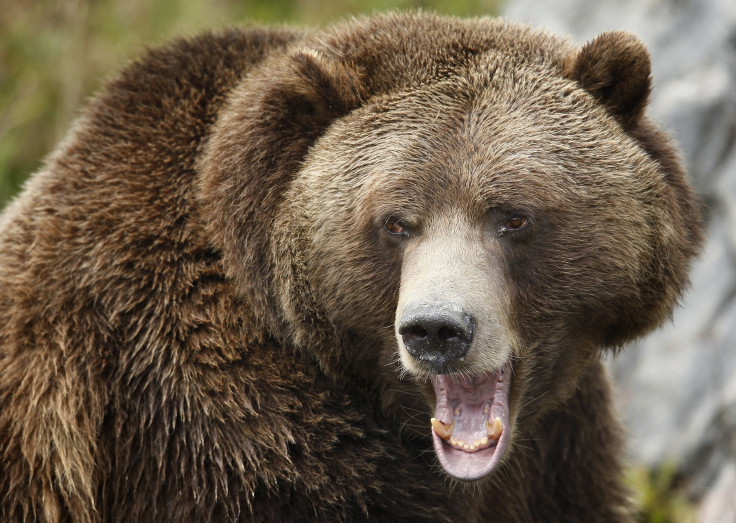Climate Change Benefits Grizzly Bears In Canada: Study Suggests Global Warming Fattens Bears, Increases Reproduction

While the harmful effects of climate change on our planet are well-documented, global warming may not be doom and gloom for every creature. According to one study, grizzly bears in Canada actually benefit from a warming climate. The rising temperatures mean shorter winters, which allow the bears' food to appear earlier in the spring. More food means more well-fed bears, and satisfied grizzlies also reproduce more successfully.
Researchers from the University of Alberta studied 121 bears in Alberta’s Rocky Mountains over 10 years. They found that, as average temperatures in the area rose, the bears had an easier time finding food.
"We hypothesize that warmer temperatures in this ecosystem, especially during late winter and spring, may not be such a bad thing for grizzlies," Scott Nielsen, a biologist at the university, said in a statement. "That suggests the species won't likely be limited by rising temperatures, which would lengthen the growing season and the time needed to fatten prior to hibernation."
Nielsen continued: "Understanding variations in body size helps us understand what limits grizzly populations. We get clues about the environments that most suit grizzlies by examining basic health measures such as body size. A simple rule is, the fatter the bear, the better. Certain environments promote fatter bears.”
The grizzly bear, a large predator native to North America, is a subspecies of the brown bear. They can reach 800 pounds in weight, and can live up to 25 years of age.
While grizzly bears are known for being at the top of the food chain, chomping on anything from small rodents to moose, much of a grizzly bear’s diet consists of berries, nuts, fruit and leaves, according to National Geographic.
Grizzlies once dominated much of western North America, but European settlers gradually killed them off. There are just over 1,000 of them left in the 48 American states, although Alaska still has about 30,000 of them. They still face a constant threat from hunters who pursue them as trophies, National Geographic notes.
© Copyright IBTimes 2024. All rights reserved.






















